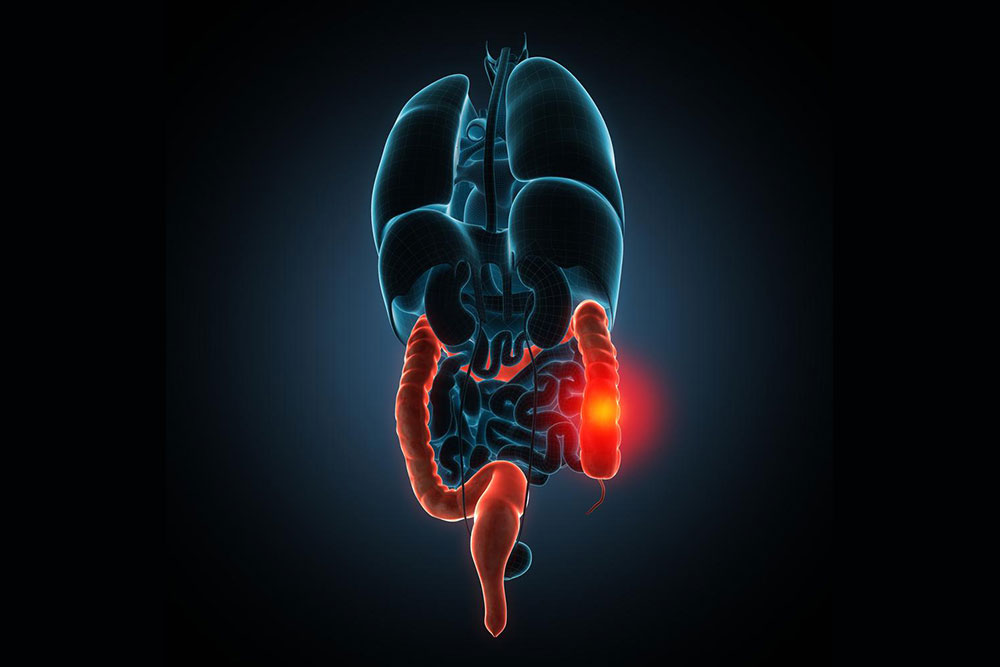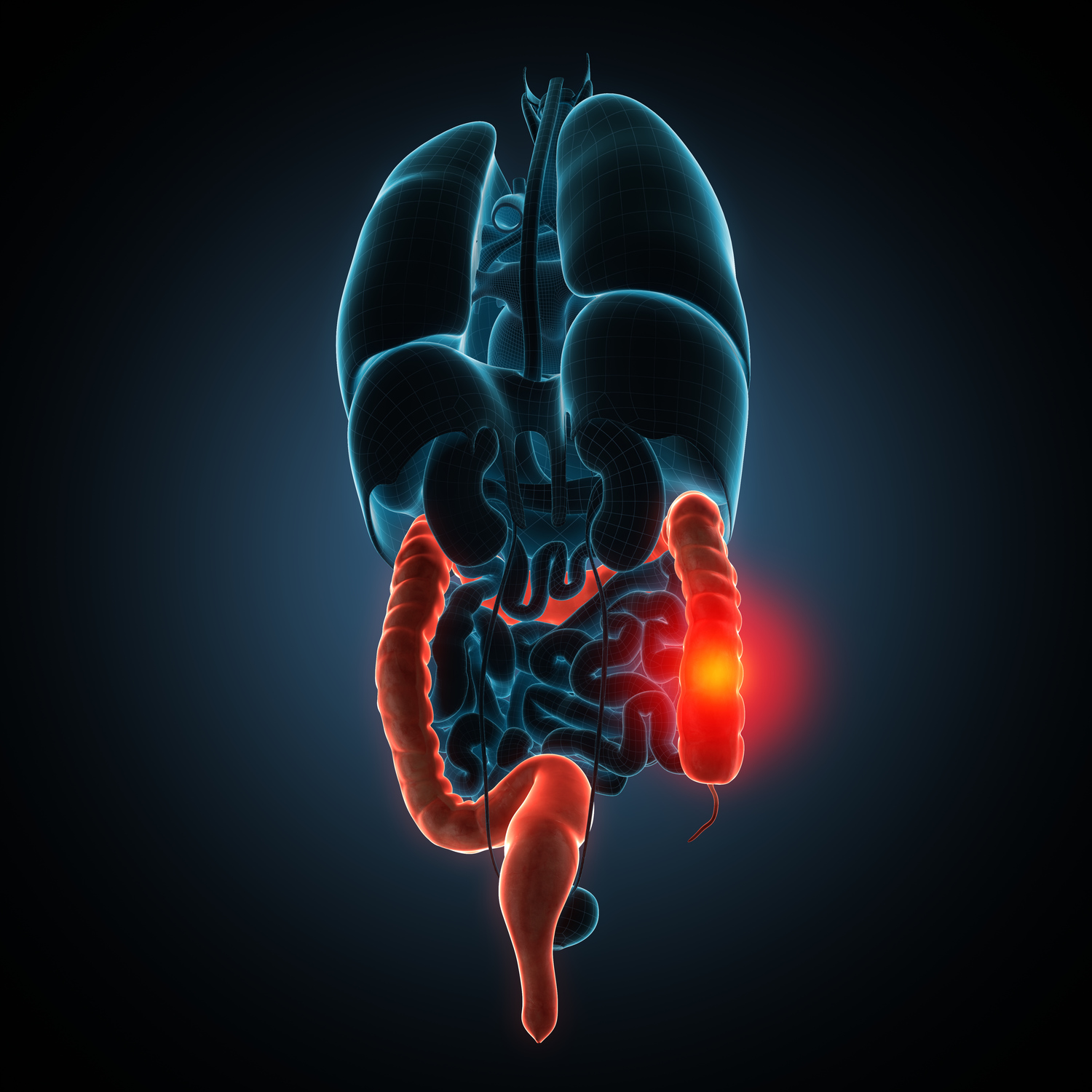Comprehensive Guide to Identifying the Symptoms and Signs of Colitis
This detailed guide explores the key symptoms and indicators of colitis, emphasizing early detection for better management. It covers common signs like bloody diarrhea, abdominal pain, and fatigue, along with additional symptoms and the importance of professional diagnosis. Recognizing these signs early can prevent serious complications and improve patient outcomes, making awareness vital for anyone experiencing gastrointestinal discomfort. The article also highlights diagnostic methods and treatment considerations for effective disease control.

Comprehensive Guide to Identifying the Symptoms and Signs of Colitis
Colitis, especially ulcerative colitis, is a chronic inflammatory condition that primarily affects the large intestine, a vital component of the digestive system. This condition causes inflammation and ulceration of the colon’s lining, leading to a wide array of gastrointestinal disturbances. Recognizing the early warning signs of colitis is crucial for timely diagnosis and effective management, which can significantly improve patient outcomes and quality of life.
The large intestine, or colon, plays a pivotal role in absorbing water and salts from the remaining food matter and forming solid waste for elimination. When inflammation occurs due to colitis, the normal functioning of the colon is disrupted, resulting in a range of symptoms that can vary in intensity depending on the extent and severity of the inflammation. Symptoms may also fluctuate over time, with periods of remission and flare-ups, making it essential to understand the key indicators for early detection.
Primary Symptoms of Colitis
Individuals suffering from colitis may experience several hallmark symptoms, which are indicative of ongoing inflammation and irritation of the colon. Recognizing these symptoms early can lead to prompt medical intervention, potentially preventing complications such as severe hemorrhage, perforation, or increased risk of colon cancer.
Persistent and often bloody diarrhea: This is one of the most prominent features of colitis. The diarrhea may contain blood, mucus, and pus due to ulceration of the colon lining. The urgency to defecate can be intense, often accompanied by a sensation of incomplete evacuation. Certain foods, particularly spicy or high-fiber items, might exacerbate the frequency and severity of diarrhea.
Abdominal pain and cramping: Patients frequently report pain centered around the lower abdomen, especially near the sigmoid colon. The discomfort may intensify during or after bowel movements and sometimes radiate to other areas such as the lower back or pelvis. In some cases, the pain can extend to the joints or other parts of the body, suggesting systemic involvement.
Fatigue, weakness, and malaise: Due to ongoing blood loss from ulcerated tissues, anemia often develops, leading to persistent tiredness and reduced energy levels. Dehydration from frequent diarrhea also contributes to feelings of weakness. Additionally, poor sleep and the physical stress of chronic illness can further diminish overall vitality.
Additional Symptoms and Considerations
While the above are common signs, some individuals may also experience fever, unexplained weight loss, loss of appetite, and general discomfort. Extraintestinal manifestations, such as skin rashes, joint pain, and eye inflammation, are also associated with colitis, particularly in more severe or systemic cases.
It is important to note that some people may experience mild or no noticeable symptoms during remission periods, making the condition tricky to diagnose without thorough medical examination and testing.
Early recognition of these indicators and timely consultation with a healthcare professional—preferably a gastroenterologist—is essential. Diagnostic procedures such as colonoscopy, blood tests, stool analysis, and imaging studies help confirm the diagnosis, assess disease extent, and guide appropriate treatment strategies.
Ultimately, understanding the key indicators of colitis can aid in prompt diagnosis, reduce disease complications, and improve the overall prognosis for patients suffering from this chronic intestinal condition. If you notice persistent diarrhea, abdominal pain, unexplained fatigue, or other concerning symptoms, seek medical advice to ensure proper evaluation and management.





